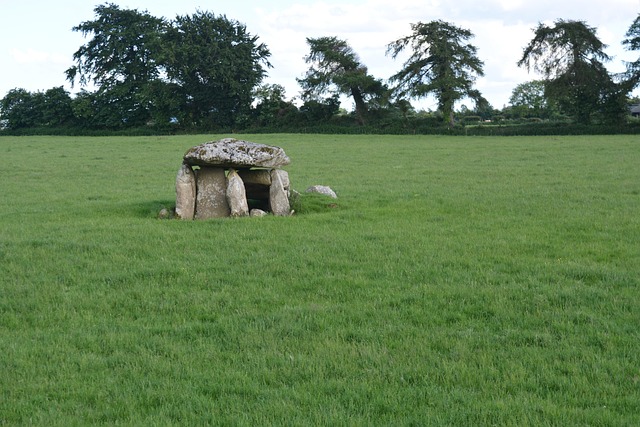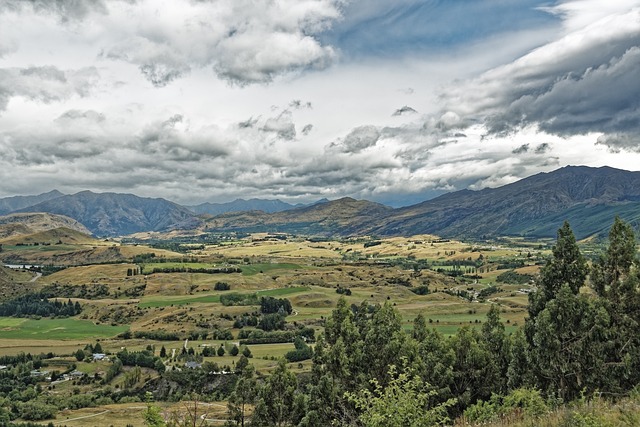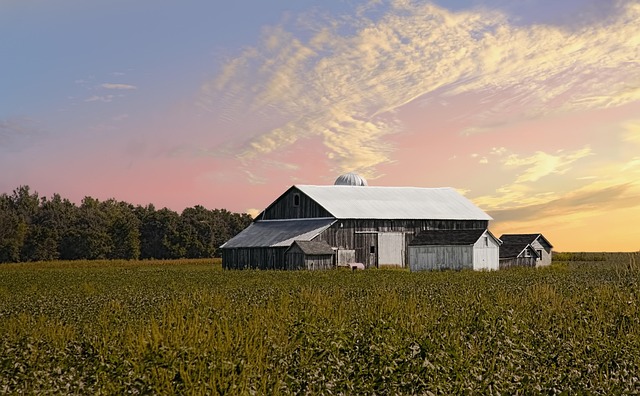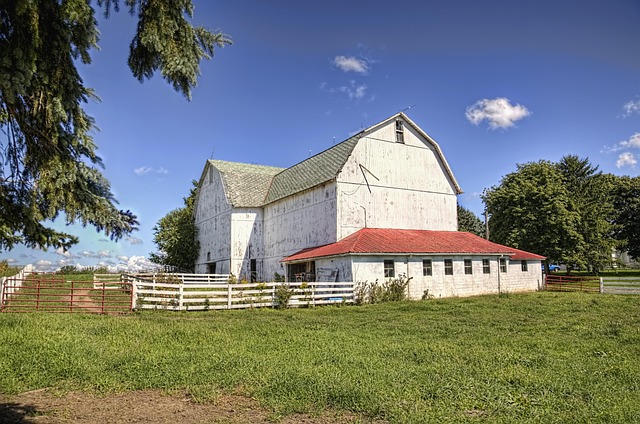The expansion of frontiers worldwide was primarily driven by resource allure and demand, fostering a cycle of exploration, extraction, and settlement. Resource-based economies significantly shaped frontier development and colonization, with industries like mining, logging, and agriculture attracting settlers and investors. This led to dramatic land use changes, population influxes, and new real estate markets. While these activities brought economic booms, they also caused significant impacts on indigenous populations through land dispossession and forced relocation, exacerbating existing inequalities. The legacy of extraction industries continues to influence frontier communities, leaving behind environmental degradation and socio-economic upheaval, yet these areas demonstrate remarkable resilience in the face of challenges.
“Frontier history is intricately woven with the thread of extraction—a driving force behind the expansion and settlement of new territories. This article delves into the profound impact of resource-driven economies on the development of frontier regions, from the shifting land dynamics and dispossession of indigenous communities to the lasting environmental and socio-economic legacies. Understanding these historical processes offers valuable insights into contemporary real estate practices and the ongoing struggles for land rights in formerly exploited areas.”
The Role of Extraction in Frontier Expansion: How resource-driven economies influenced the development and settlement patterns of new territories.
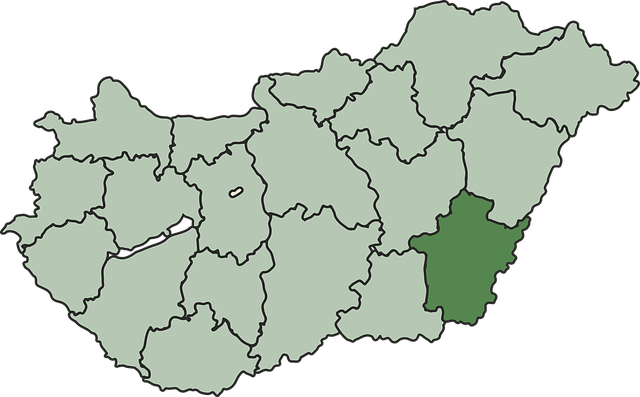
The expansion of frontiers across continents was intricately tied to the allure and demand for resources, setting in motion a cycle of exploration, extraction, and subsequent settlement. Resource-driven economies played a pivotal role in shaping the historical trajectory of frontier regions, influencing not only their development but also the patterns of human colonization. This dynamic is particularly evident in the global scramble for vast, untapped deposits of minerals, agricultural lands, and natural resources, which became the catalysts for territorial growth.
Extraction industries, such as mining, logging, and agriculture, attracted settlers and investors alike, leading to an influx of populations seeking economic opportunities. The pursuit of these resources often resulted in dramatic shifts in land use, with vast areas transformed for extraction purposes. This process reshaped landscapes, influenced urban development patterns, and created a demand for new real estate markets as frontier territories were gradually settled and developed.
Real Estate and Land Dispossession: Exploring the impact of extraction industries on indigenous populations and the subsequent changes in land ownership and use.
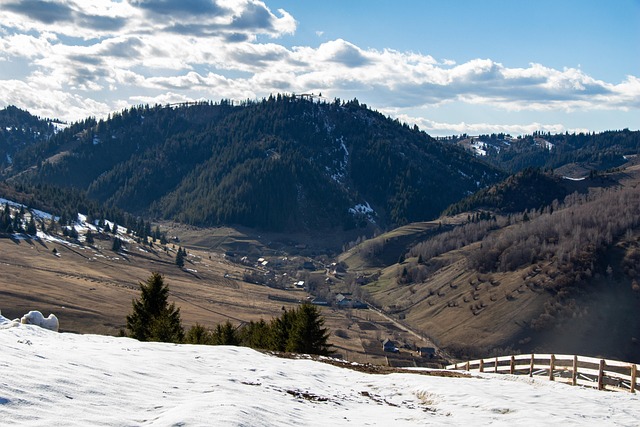
The impact of extraction industries on indigenous populations has been profound, often resulting in land dispossession and significant shifts in real estate dynamics. When extractive activities take hold, local communities—especially Indigenous groups—face forced relocation or encroachment upon their traditional territories. This displacement disrupts not only cultural connections to the land but also upends economic structures built around sustainable resource use. The influx of external interests drives changes in land ownership and use; what was once collective territory becomes a playground for capitalist ventures, with mineral-rich or resource-abundant areas attracting investment from mining, oil, and logging companies.
These industries often bring in temporary workers, leading to population booms that strain local infrastructure and contribute to the marginalization of Indigenous communities. The real estate landscape transforms as these extractive projects clear vast tracts of land, making way for industrial operations. This displacement not only alters the physical environment but also has lasting socio-economic repercussions, exacerbating existing inequalities and complicating efforts towards reconciliation and land rights recognition.
Legacy of Extraction: Long-term effects on frontier communities, including environmental impacts, socio-economic shifts, and cultural transformations that continue to shape these regions today.

The legacy of extraction industries lingers like a ghost, haunting frontier communities long after the mines close or the wells dry up. These once-thriving towns often find themselves grappling with the remnants of their extractive past—an invisible legacy that manifests in both environmental degradation and socio-economic upheaval. The rush to mine, drill, or harvest often leaves behind scarred landscapes, depleted resources, and a host of environmental challenges that communities must navigate for generations to come.
The real estate values in these regions may surge due to the initial influx of workers, but they can also plummet as quickly as the commodity prices drop. This economic volatility tricksle down into cultural shifts, eroding traditional ways of life. The transient nature of extraction work fosters a sense of rootlessness, while the sudden departures of companies and workers leave behind communities struggling to redefine themselves. Yet, despite these challenges, frontier communities have shown remarkable resilience, adapting and transforming into diverse, vibrant places that tell unique stories of survival and reinvention.

